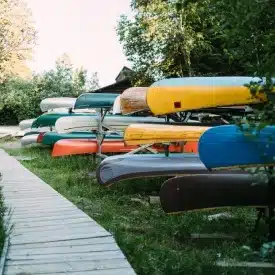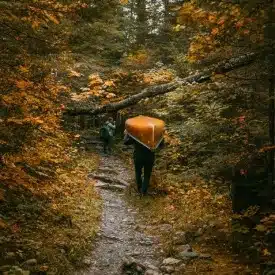SPRING – March, April, May:
Spring is a time of change in northern Minnesota, and you can expect to encounter anything from freezing temperatures up to the low 70s as summer approaches. In March, you can still expect a significant amount of snow on the ground, but by May the weather should be quite pleasant. In early spring, low temperatures can still drop into the teens but quickly rise in April.
Spring visitors to the Boundary Waters should bring plenty of warm layers and winter clothing but still be prepared for the occasional warm day with sunshine. Don’t forget your rain gear and waterproof clothes, since May averages nine days of rain. Finish your outfit with a warm hat and a solid pair of hiking boots.
SUMMER – June, July, August:
The Boundary Waters Canoe Area is located just south of the Canadian border, so many visitors will be surprised to discover that it can get quite hot at times during the summer months. Between June and August, daily highs can average in the high 70s, and on occasion, the temperature can exceed 100 degrees Fahrenheit.
In the summer, plan to spend much of the time cooling off on or near the water. Remember to bring plenty of sun hats, sunglasses, a good quality sunblock, and long sleeve shirts to avoid suffering from sunburn. Don’t forget your swimsuit and towel to be ready for an impromptu swim.
Even in the middle of summer, temperatures can drop suddenly, and they tend to get down into the 50s at night, so you’ll still want to bring warm layers and insulation. Summer months can also get a lot of rain, and June is the wettest month of the year with 11 days of rain on average. Make sure to bring a decent raincoat and waterproof clothing to keep dry even when it pours.
FALL – September, October, November:
If you are looking to experience cooler days and much smaller crowds, fall could be a good time to visit the Boundary Waters Wilderness. Minnesota is known for pleasant Indian summers with several weeks of nice weather. It’s a great time to have a go at fishing or stretching your legs on one of the many trails without overheating.
In the fall, prepare for a wide range of temperatures and weather conditions. You’ll need to be ready for anything from bright sunshine to rain or even snow. Bring your warm layers, rain gear, and an assortment of hats and gloves. Of course, you’ll want to finish your outfit with a reliable pair of hiking boots or a good pair of water shoes.
Average high temps in September are 67 degrees, but by November they drop to just 36. By the end of fall, you can expect lows in the low 20s so be prepared for ice and snow.
WINTER – December, January, February:
Winter in the Boundary Waters Canoe Wilderness is no joke. Temperatures here in the winter are often colder than parts of Antarctica are in the summer, so you’ll need to bring clothing that could survive a trip to the South Pole. This may sound like overkill, but it’s not – just ask any of the locals.
In December, average low temperatures in the Boundary Waters Wilderness are just 5 degrees Fahrenheit, and in January, the coldest month, it drops to five below zero. In extreme cases, it can get much colder.
In the winter, you’ll need to bring many pieces of clothing that you would typically leave at home if you were to visit in the summertime. You can leave your swimsuit in your drawer, and instead, pack plenty of extra wool socks and winter gloves. You’ll want to have several sets of long underwear (both top and bottom), and a selection of sweaters and fleece pants. As a final layer, you’ll want to cover up with a proper winter coat or ski jacket and snow pants, as well as boots built specifically for extreme cold. Keep your hands warm with gloves, and bring a balaclava for your head.




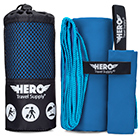

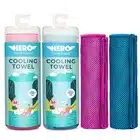

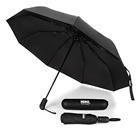
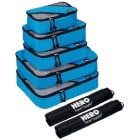

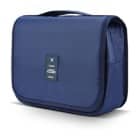


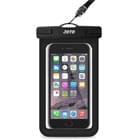

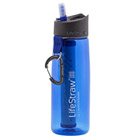



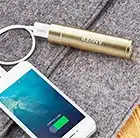
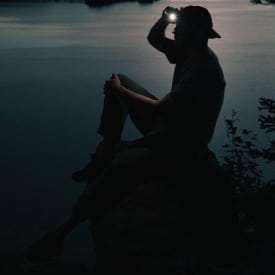 I start with a warm base layer and work outward from there. Make sure that all of your clothes, especially the first layers on your skin, are not cotton based and will remain warm even after getting wet. Think athletic shirts and pants, moisture-wicking clothing, and quick-drying outfits. Once your core base layer is taken care of, add layers until you are dressed for the current conditions. If you find yourself too hot or too cold, you can always add or remove a layer of clothing. Finally, remember to dress for the seasons. In Minnesota, the weather changes drastically from summer to winter, so you’ll bring entirely different clothes for an August canoe trip than for a dog sledding trek in December.
I start with a warm base layer and work outward from there. Make sure that all of your clothes, especially the first layers on your skin, are not cotton based and will remain warm even after getting wet. Think athletic shirts and pants, moisture-wicking clothing, and quick-drying outfits. Once your core base layer is taken care of, add layers until you are dressed for the current conditions. If you find yourself too hot or too cold, you can always add or remove a layer of clothing. Finally, remember to dress for the seasons. In Minnesota, the weather changes drastically from summer to winter, so you’ll bring entirely different clothes for an August canoe trip than for a dog sledding trek in December.





























